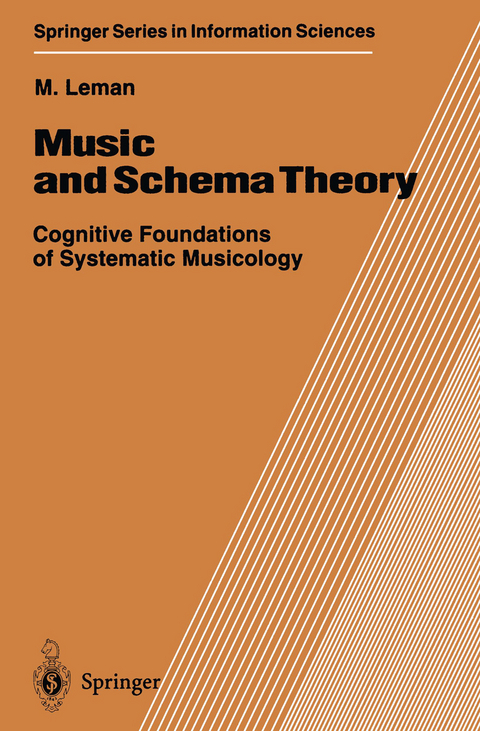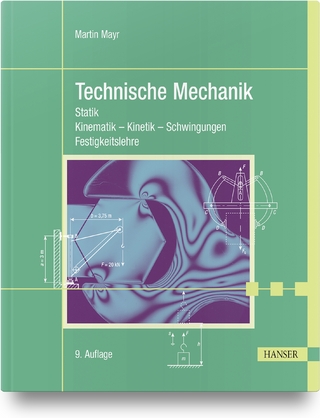
Music and Schema Theory
Springer Berlin (Verlag)
978-3-642-85215-2 (ISBN)
1. Introduction.- 2. Tone Semantics.- 2.1 The Problem of Tone Semantics.- 2.2 Historical Background.- 2.3 Consonance Theory.- 2.4 Cognitive Structuralism.- 2.5 The Static vs. Dynamic Approach.- 2.6 Conclusion.- 3. Pitch as an Emerging Percept.- 3.1 The Two-Component Theory of Révész.- 3.2 Attribute Theory Reconsidered.- 3.3 The Shepard-Tone.- 3.4 Paradoxes of Pitch Perception.- 3.5 The Shepard-Illusion.- 3.6 Ambiguous Stimuli.- 3.7 Conclusion.- 4. Defining the Framework.- 4.1 The Computer Model.- 4.2 Representational Categories.- 4.3 Conclusion.- 5. Auditory Models of Pitch Perception.- 5.1 The Missing Fundamental.- 5.2 Auditory Models.- 5.3 SAM: A Simple Model.- 5.4 TAM: A Place Model.- 5.5 VAM: A Place-Time Model 53.- 5.6 Conclusion.- 6. Schema and Learning.- 6.1 Gestalt Perception.- 6.2 Tone Semantics and Self-Organization.- 6.3 SOM: The Self-Organizing Map.- 6.4 Architecture.- 6.5 Dynamics.- 6.6 Implementation.- 6.7 Conclusion.- 7. Learning Images-out-of-Time.- 7.1 SAMSOM.- 7.2 TAMSOM.- 7.3 VAMSOM.- 7.4 Conclusion.- 8. Learning Images-in-Time.- 8.1 Temporal Constraints in Tonality Perception.- 8.2 Tone Images-in-Time.- 8.3 Tone Context Images.- 8.4 Determination of the Integration Period.- 8.5 TAMSOM.- 8.6 VAMSOM.- 8.7 Conclusion.- 9. Schema and Control.- 9.1 Schema-Based Dynamics.- 9.2 TCAD: Tone Center Attraction Dynamics.- 9.3 TCAD - Stable States.- 9.4 TCAD - Recognition.- 9.5 TCAD - Interpretation.- 9.6 The TCAD Model.- 9.7 TCAD - At Work.- 9.8 Conclusion.- 10. Evaluation of the Tone Center Recognition Model.- 10.1 Overview of Other Models.- 10.2 TCAD-Based Tone Center Analysis.- 10.3 The Evaluation Method.- 10.4 Bartók - Through the Keys.- 10.5 Brahms - Sextet No. 2.- 10.6 Chopin - Prélude No. 20.- 10.7 The Effect of Phrase - Re-evaluationof Through the Keys.- 10.8 Conclusion.- 11. Rhythm and Timbre Imagery.- 11.1 Models of Rhythm Perception.- 11.2 VRAM: A Rhythm Analysis Model.- 11.3 The Analysis of Timbre.- 11.4 Conclusion.- 12. Epistemological Foundations.- 12.1 Epistemological Relevance.- 12.2 Neurophysiological Foundations.- 12.3 Modular Organization.- 12.4 Relevance for a Theory of Meaning.- 12.5 Music Semantics and Meaning Formation.- 12.6 Epistemological Principles.- 12.7 Conclusion.- 13. Cognitive Foundations of Systematic Musicology.- 13.1 Cognitive Musicology, AI and Music, and Systematic Musicology.- 13.2 Historical-Scientific Background.- 13.3 New Developments in the 1960s.- 13.4 A Discipline of Musical Imagery.- 13.5 A Psycho-morphological Account of Musical Imagery.- 13.6 Interdisciplinary Foundations.- 13.7 General Conclusion.- A. Orchestra Score in CSOUND.- A.l The Orchestra File.- A. 2 The Score File.- B. Physiological Foundations of the Auditory Periphery.- B.1 The Ear.- B.2 The Neuron.- B.3 Coding.- B. 4 The Brain Stem and Cortex.- C. Normalization and Similarity Measures.- C. l Similarity Measures.- C.2 Towards a Psychoacoustic-Based Similarity Measure.- References.
| Erscheint lt. Verlag | 15.12.2011 |
|---|---|
| Reihe/Serie | Springer Series in Information Sciences |
| Zusatzinfo | XIII, 234 p. |
| Verlagsort | Berlin |
| Sprache | englisch |
| Maße | 155 x 235 mm |
| Gewicht | 393 g |
| Themenwelt | Naturwissenschaften ► Physik / Astronomie ► Mechanik |
| Schlagworte | Information • perception • Simulation • Structure |
| ISBN-10 | 3-642-85215-7 / 3642852157 |
| ISBN-13 | 978-3-642-85215-2 / 9783642852152 |
| Zustand | Neuware |
| Haben Sie eine Frage zum Produkt? |
aus dem Bereich


